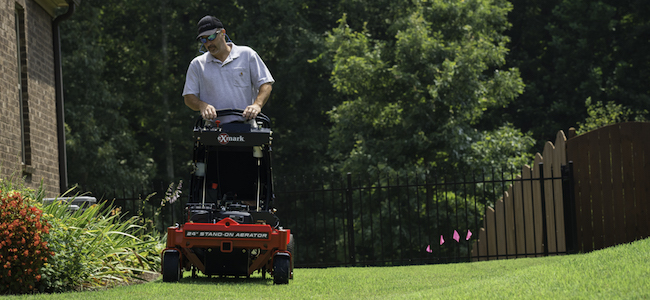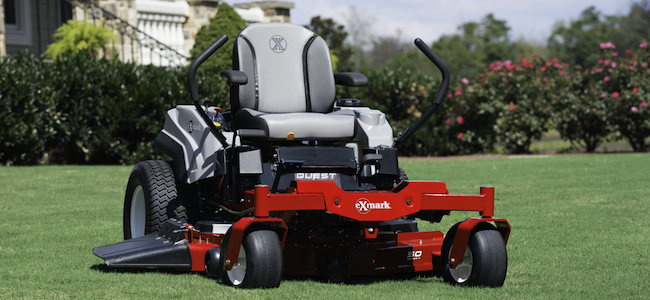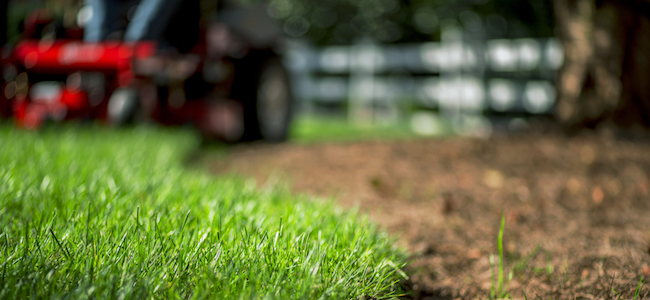
What to do with all those lawn clippings? The average square foot of grass has an estimated 3,000 individual blades, meaning even a small lawn will generate millions of clippings each time it’s mowed. You have three options: Cut and bag, cut and rake, or cut and mulch.
Mulching is the easiest choice. You cut the lawn and leave the clippings where they lie. This is often the best choice for your lawn, too, as the clippings help add nutrients and moisture back to the ground. The drawback is that many people find the clippings unsightly. If you’re one of these people, a micro mulching mower (or a mulching kit to add to your existing mower) may be the answer. With micro mulching, clippings are cut into fine particles that are less visible, and they break down more quickly than larger clippings.
Using a bagger to collect your clippings will give you an ultra-tidy lawn, but doesn’t return valuable nutrients to your lawn. If you would like the benefits of mulching and an immaculately groomed look, the Exmark Navigator might be the right mower for you. Its patented fill reduction system lets you choose how much of your clippings to bag and how much to mulch. With options for bagging all, a third, or none of your clippings, it’s a great choice for landscape pros who service customers with different preferences. And, during heavy growth periods or when grass is very wet, bagging only some clippings can be a good option.
If you bag your clippings, you’ll want to look for a bagger that comes on and off easily. Exmark walk-behind Commercial 21 and Commercial 30 mowers have bag designs that eliminate the need for levers and doors. A top-fill feature lets you check how much room you have during operation. And you’ll want it to be easy to empty, especially if you’re emptying it into lawn bags.
For larger zero-turn mowers, Exmark UltraVac Collection systems have large-capacity hoppers and are designed with larger diameter tubes to avoid clogging. Some UltraVac models include a quick dump release lever, while others can easily switch between bagging and discharging.
If you do bag your clippings, you can take advantage of the nutrients by composting them. The composted clippings can be added to flower beds, vegetable gardens and around trees. Just be sure to turn clippings periodically to promote decomposition and oxygen flow.
No matter what your preference for clippings, Exmark mowers will make it easier to handle them. Find an Exmark dealer near you to see the full range of mowers and accessories.










